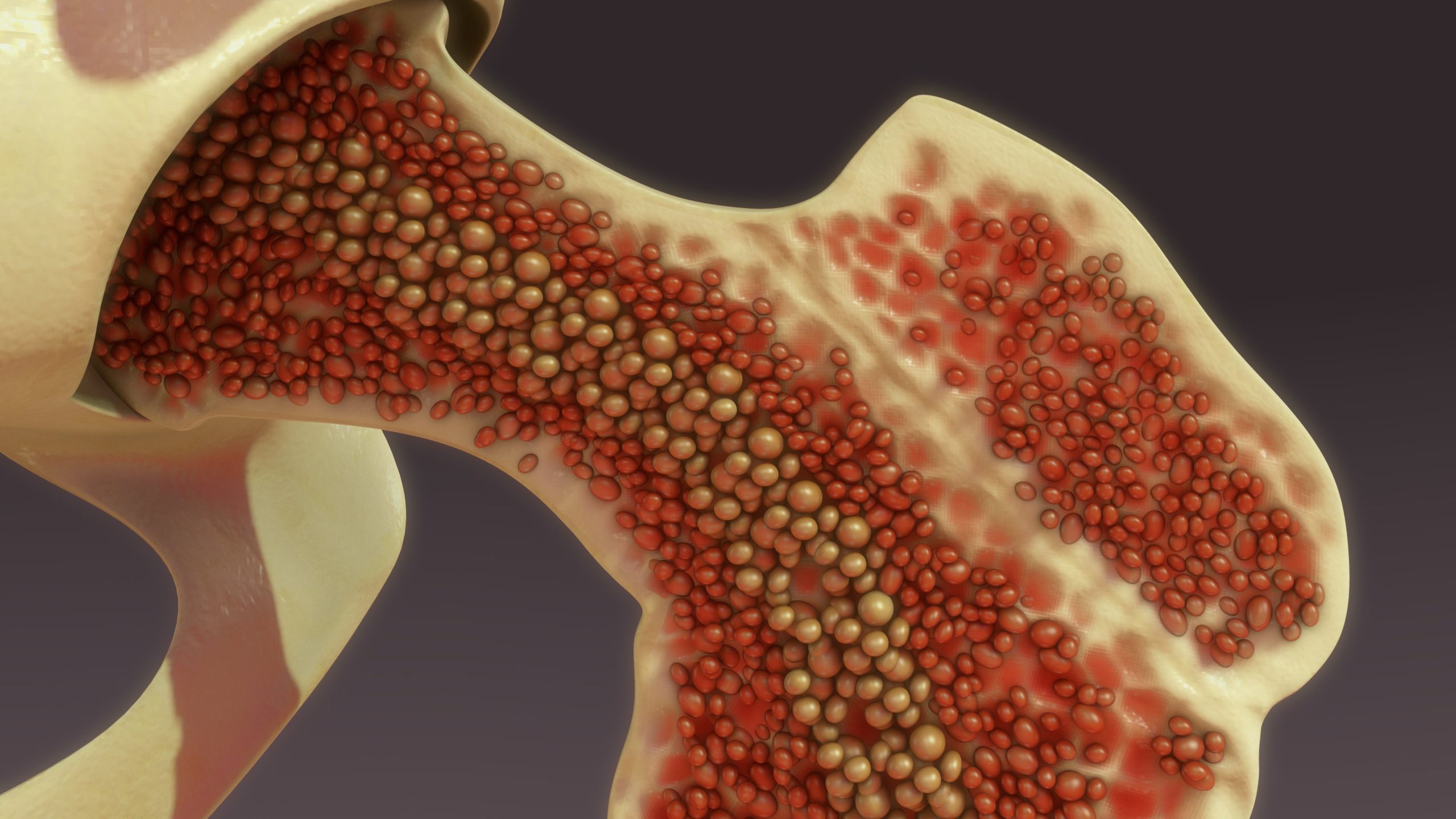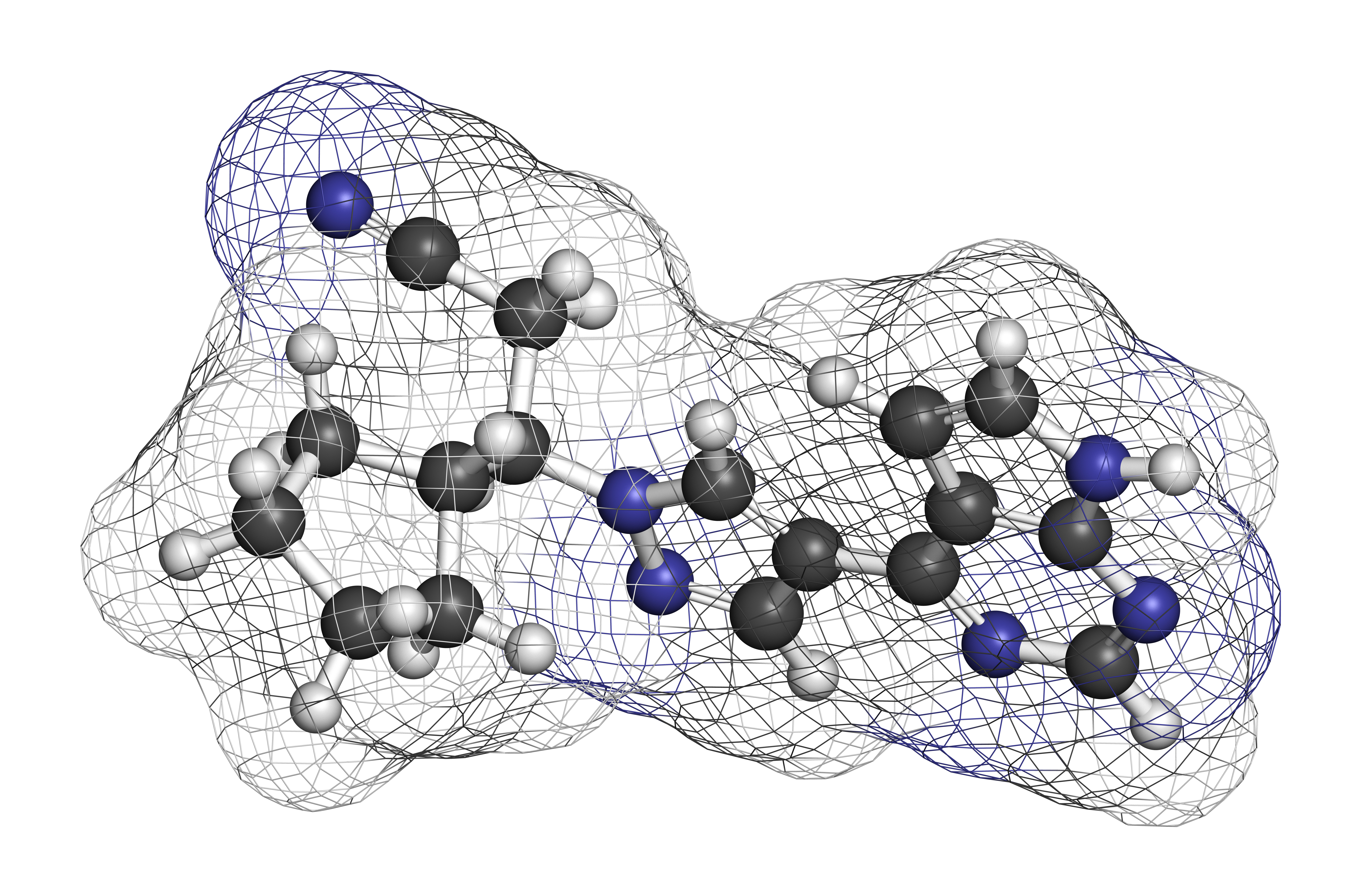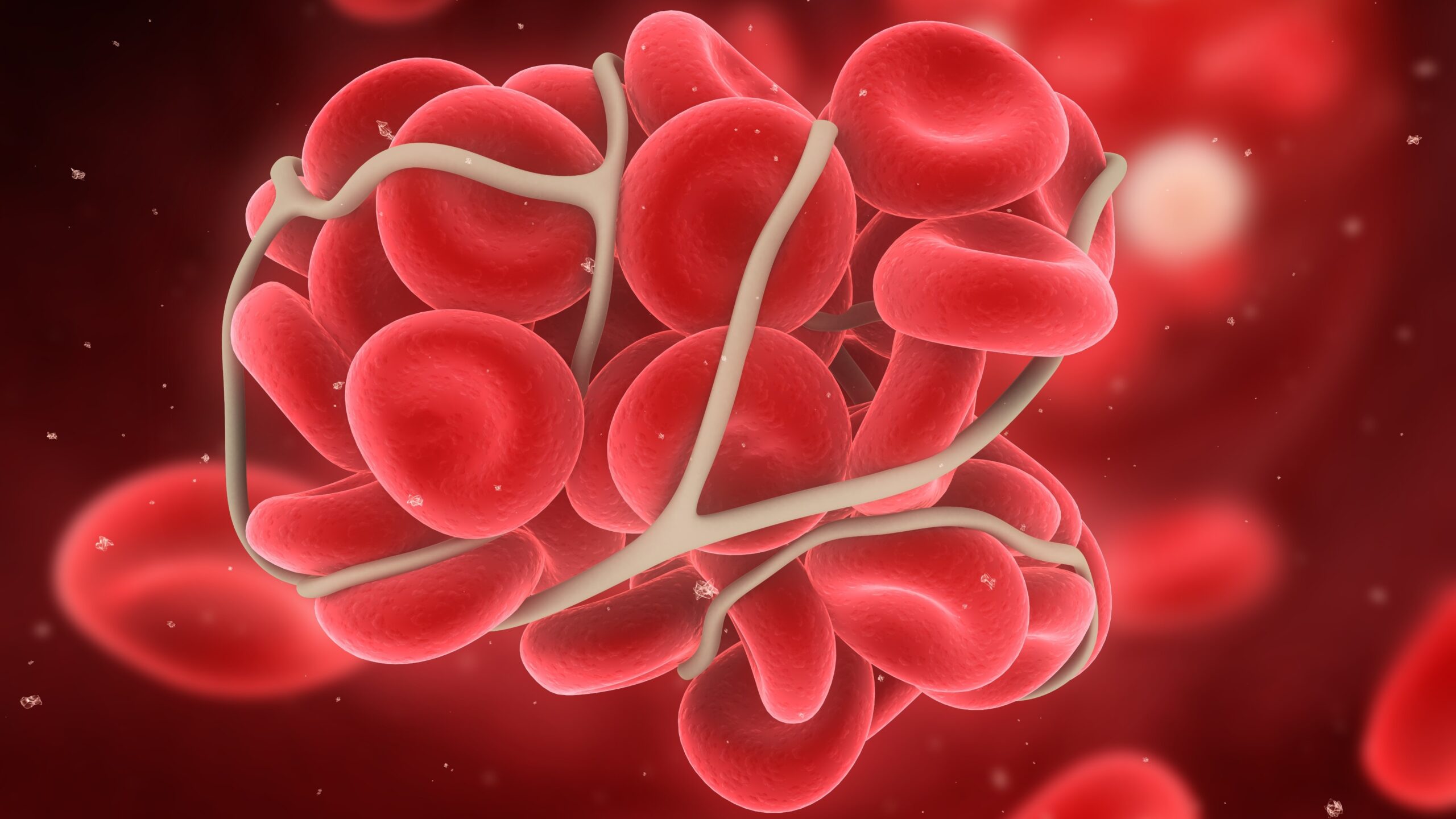
According to Claire N. Harrison, MD, and colleagues, the addition of navitoclax to ruxolitinib improved treatment response in patients with myelofibrosis. Their study was motivated by preclinical models, which showed BCL-XL pathway inhibition was able to overcome resistance to Janus kinase inhibitor therapy.
The trial, published in the Journal of Clinical Oncology, enrolled 34 patients with intermediate- to high-risk myelofibrosis who had progression or suboptimal response with ruxolitinib treatment (≥10 mg twice daily). Navitoclax was administered at a starting dose of 50 mg once daily. If platelet counts were ≥75 × 109/L, the daily dose was escalated each week to a maximum of 300 mg.
The primary outcome was ≥35% spleen volume reduction (SVR35) at week 24 compared with baseline. Additional outcomes included ≥50% total symptom score reduction (TSS50), hemoglobin improvement, safety, and change in bone marrow fibrosis grade.
Researchers observed 58% of patients had high molecular risk mutations, and 52% had 3 or more mutations. Notably, 26.5% of patients at week 24 and 41% at any time achieved SVR35 with the navitoclax and ruxolitinib combination. The median overall survival was not reached over a median follow-up of 21.6 months.
Additionally, 30% of patients achieved TSS50 at week 24, and bone marrow fibrosis was improved by 1 to 2 grades in 33% of evaluable patients. Anemia response was achieved by 64% of patients, including one with transfusion dependence at enrollment, the authors noted. For safety, the most common adverse event was reversible thrombocytopenia with no major bleeding events (88%).
Ultimately, the authors found that adding navitoclax to patients on ruxolitinib therapy was promisingly effective and durable—particularly for this population with limited treatment options and difficult-to-manage disease.
View More Recent Research and Expert Interviews in Hematology and Oncology







 © 2025 Mashup Media, LLC, a Formedics Property. All Rights Reserved.
© 2025 Mashup Media, LLC, a Formedics Property. All Rights Reserved.